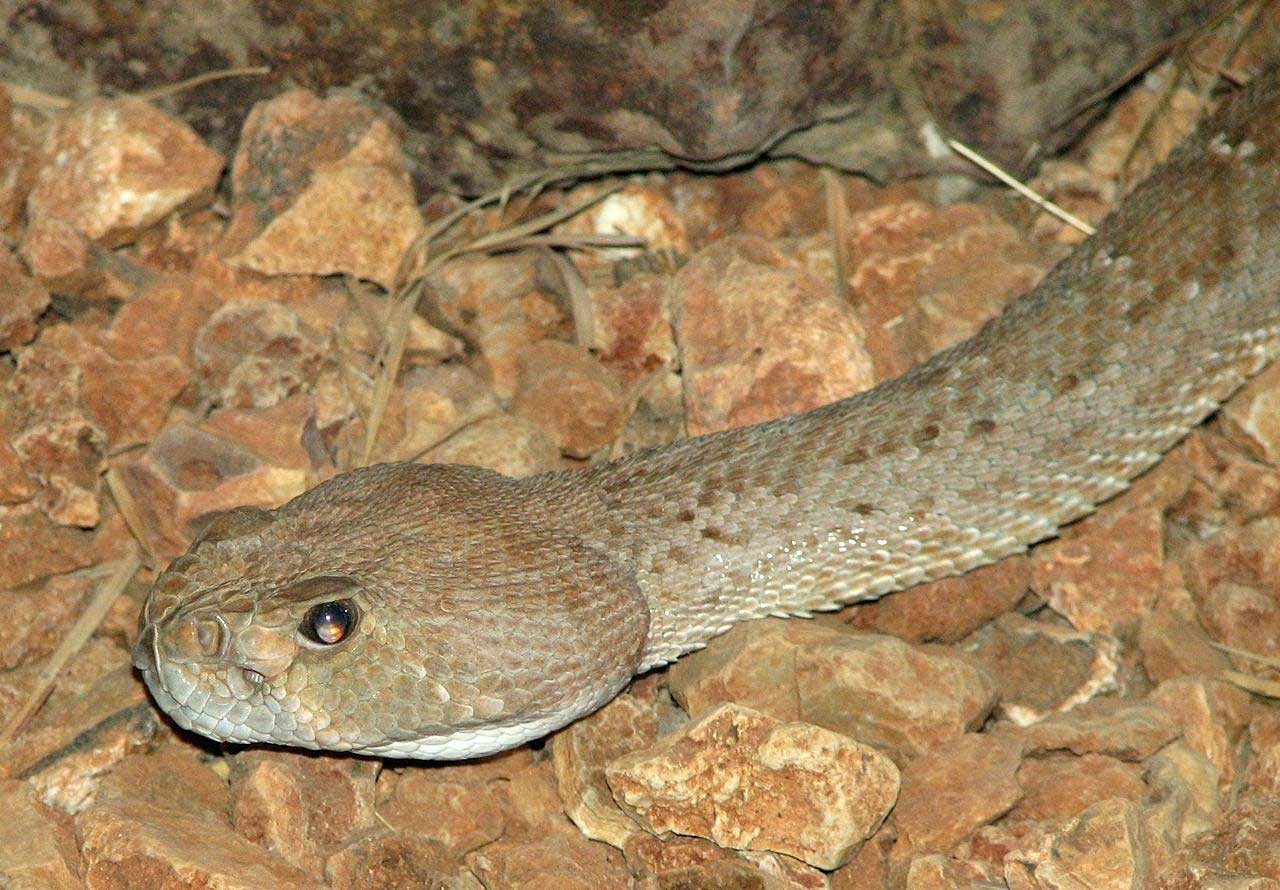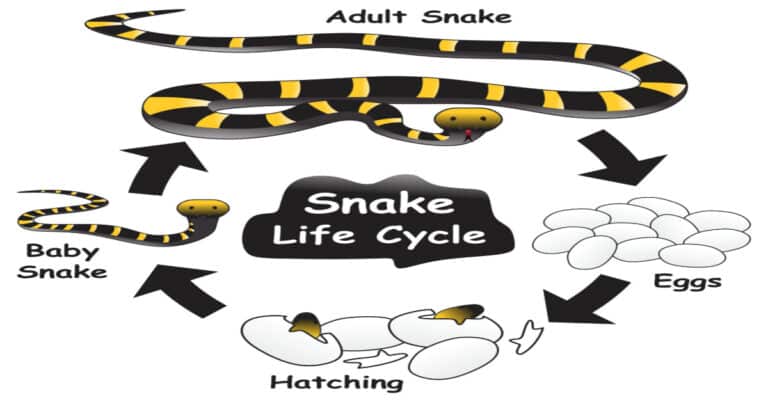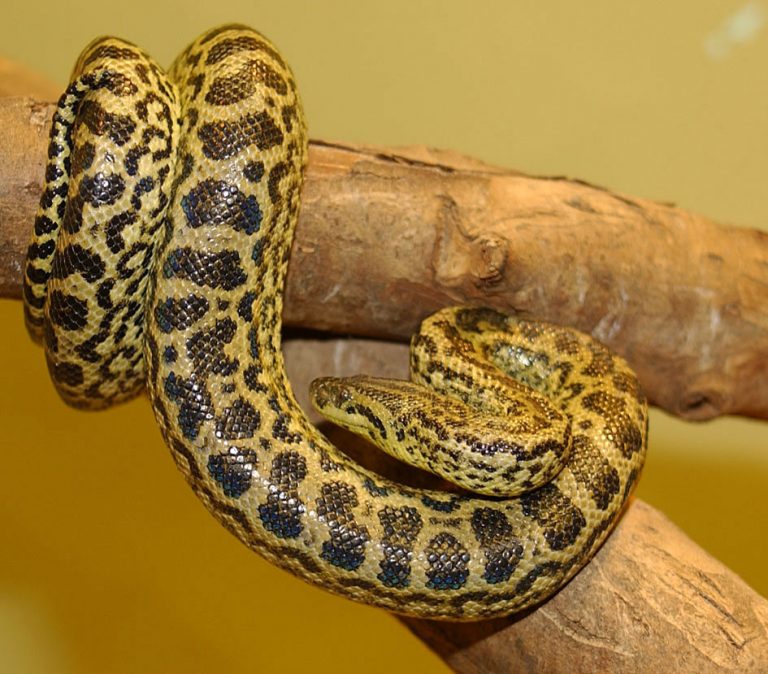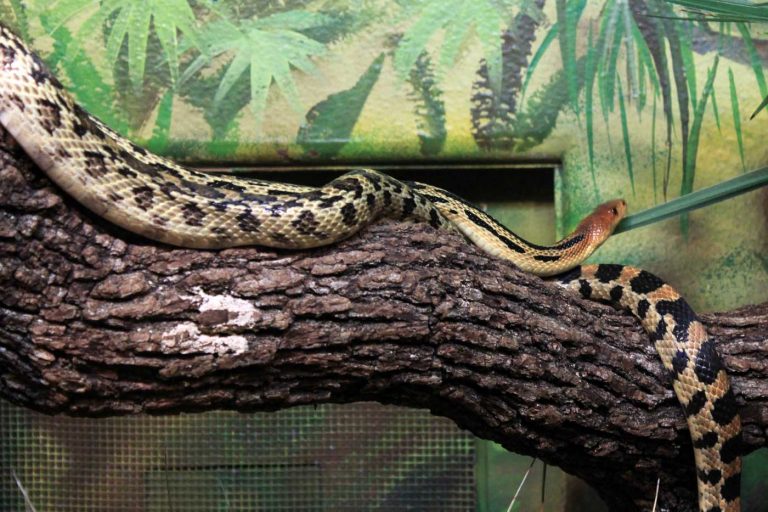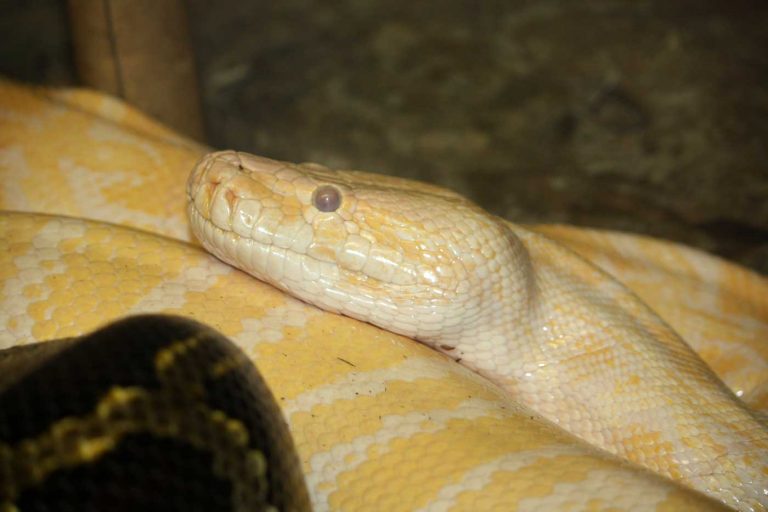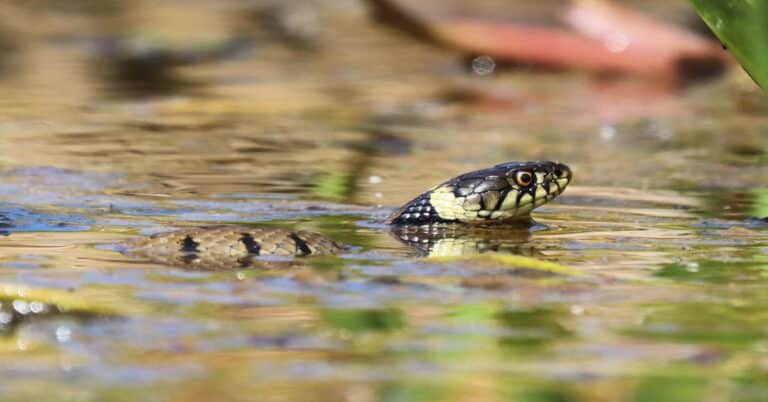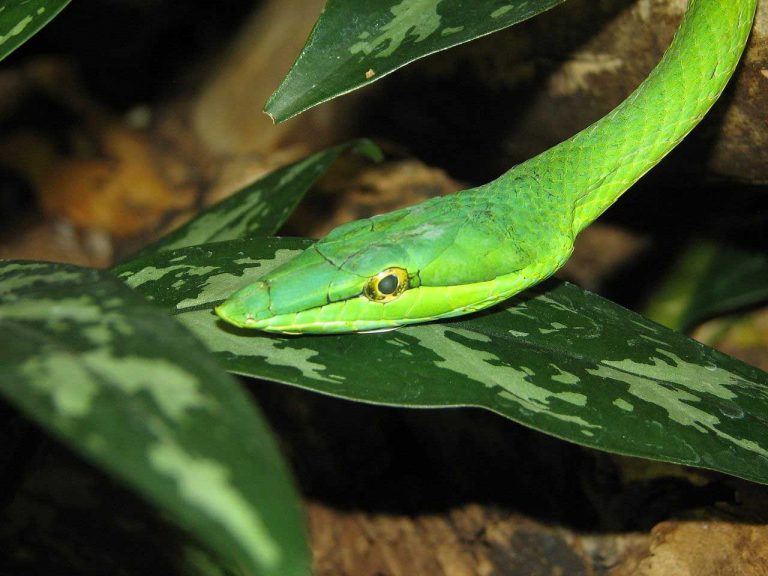Rattle Snake
Scientific Classification
| Kingdom: | Animalia |
| Phylum: | Chordata |
| Subphylum: | Vertebrata |
| Class: | Reptilia |
| Order: | Squamata |
| Suborder: | Serpentes |
| Family: | Viperidae |
| Subfamily: | Crotalinae |
To survive on our planet, one species has to depend on another. So too, the rattlesnake and the humans, have to find a way out of the terrible and fearful mutual relationship they have with each other. The humans harm the rattlesnakes, fearful of their ferocious nature and the rattlesnakes look upon humans as their adversary and predator. Over time, human intelligence has evolved manifold and, for this reason, it is for the human mind to devise ways of desisting from butchering reptiles like the rattlesnake, reclaiming their habitats, and literally driving these poisonous snakes to the verge of extinction.
Although most numbers of recorded snake bites that have occurred throughout the years in North America are because of the rattlesnake, these snakes would not bite unless someone or something provokes them. The venomous rattlesnakes belong to the genera of Sistrurus and Crotalus and the subfamily of the Crotalinae or the pit vipers. The 65 to 70 subspecies all belong under the 32 very commonly known species, which are spread along a wide expanse of land that covers most of Southern Alberta as well as the Southern parts of Canadian British Columbia up to Central Argentina.
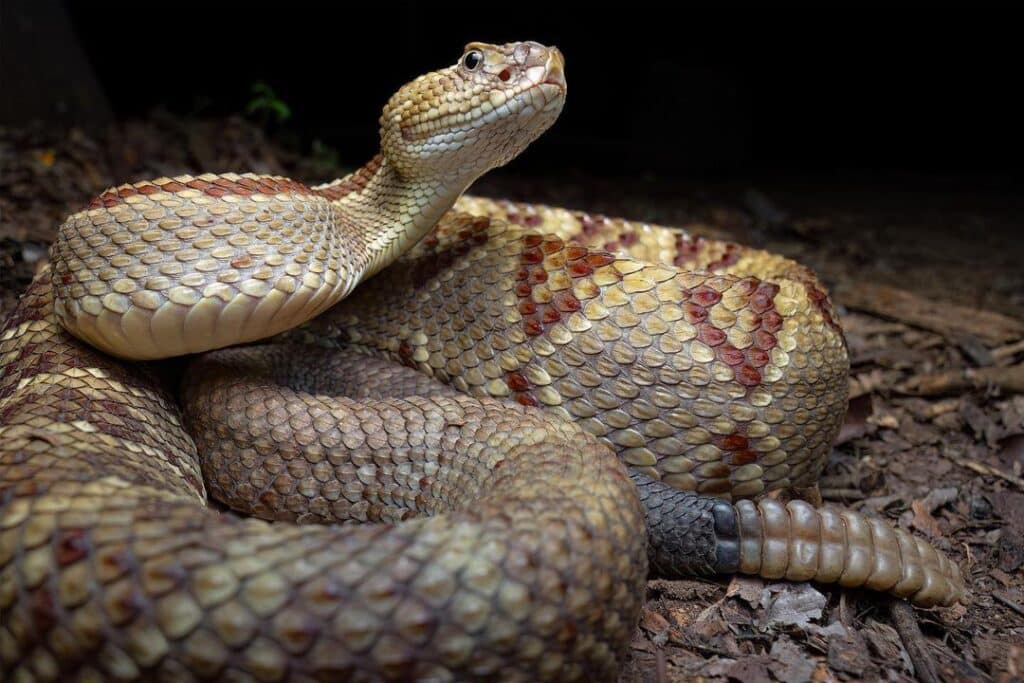
Anatomy
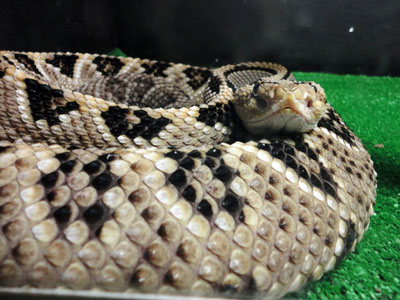
A very heavy body, a creepily rattling tail that is blunt, is how one can define a rattle snake. The triangular like shape of its head gives it some definition, the broad back, the narrowing front and the neck part which is very distinct, completes the main features of a rattlesnake. Right between the nostrils and their eyes, they have heat-sensing pits. Their hooded eyes are known to have elliptical pupils. Moreover, they would have light and dark band like patterns running along their tails. But, surprisingly, not all rattlesnakes have their rattles attached to their tails, because some might get lost due to breakage, while the young take some while to develop them.
The heat sensing pits along with their eyes are two organs like in the pit vipers, that simulate and determine radiation. It is because of these two organs, that the rattlesnake can map the distance between itself and its prey, by sensing the thermal radiations from the prey’s body. It would move stealthily to attack. These organs do not cover a very large area, and can pick up radiations from a distance of about 1 foot only. But that does not stop the rattlesnake from feeding on its usually warm-blooded prey at night-time.
Although the venom of a rattlesnake can prove fatal for people, one has to to appreciate the snake’s beautiful features both from the point of view of attractive and aggressive looks as well as its evolution as an excellent and efficient predator with specialized techniques to hunt its prey. Other than the eyes of the rattlesnake, the thermal radiations hit the membranes of the pit, and after travelling past the pit itself, and then only can the snake actually feel the high density of the thermal radiations which warms up the parts of the membrane. It is due to the highly sensitive receptors, which innervate these membranes, that the rattlesnakes can actually detect even a minute change in temperature as low as 0.003 degrees or less. The trigerminal nerve (the 5th cranial nerve) helps ultimately to carry these infrared cues to the snake’s brain that, in turn, prepares some sort of a thermal map of the surrounding and with the aid of these images that have only a very low resolution. Anyway, the rattlesnakes will superimpose the images that appear through their eyes with these thermal images and prepare the requisite image data on their prey.
Behavior
The rattlesnakes are not really very aggressive by nature. But they will strike if you try to agitate them. Anyway, they would much rather retreat before striking, if they have the space. Mostly, these snakes attack and bite their prey around the ankles, hands and feet.
Habitat
The rattlesnakes do not like to live in a particular range. You can find them both on marshy lands and even in deserts. Some are even present in the meadows while some prefer swamplands. The actual geographical range is in the Southern and the Northern American regions.
As a Pet
Breeding
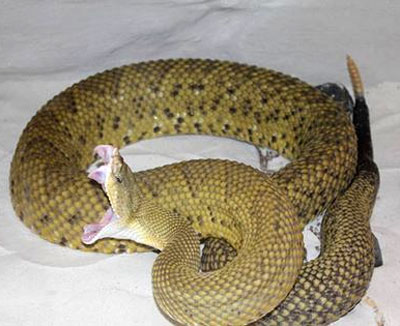
Summer and the fall are the ideal time for the rattlesnakes to mate, and they mate when they reach the age of 3 years. There are some species that are seen to even mate during the seasons of spring and fall. These snakes posses the ability of internal sort of fertilization, The males of the species, for copulation, would be using their hemipenes. They give birth to 4 to 21 young snakes that appear during the early winters or even during the late summers, and the hatchlings or baby rattle snake can take good care of themselves even when their parent are not around.
The males will indulge in fighting with one another to possibly win their partners and interestingly, the body size does not determine the success of their mating.
Housing
House your rattle snake pet in a large enclosure of 24 inches x 48 inches. Use sand or paper for substrate and provide a gradient of 80 to 90 F
Food
The Crotalus viridis does not hesitate to chomp on other snakes as well. Other than these, the snakes prefer small mammals and birds and some other reptiles as well. The airborne chemicals that the prey’s body would give out are caught by the receptors present on the snake’s tongue, and this will make it much easier for them to track their prey. In captivity, you can feed them with mice.
Handling
This is a very venomous snake and is not a good choice for beginners. These animals must have an experienced professional handler.

Having discovered a fondness for insects while pursuing her degree in Biology, Randi Jones was quite bugged to know that people usually dismissed these little creatures as “creepy-crawlies”.

